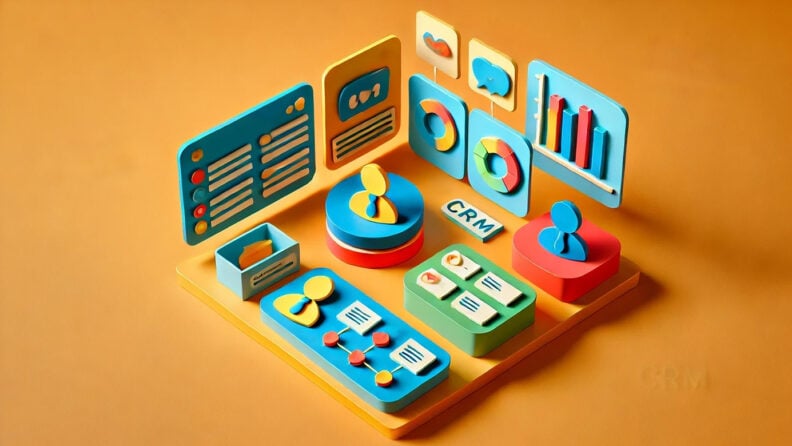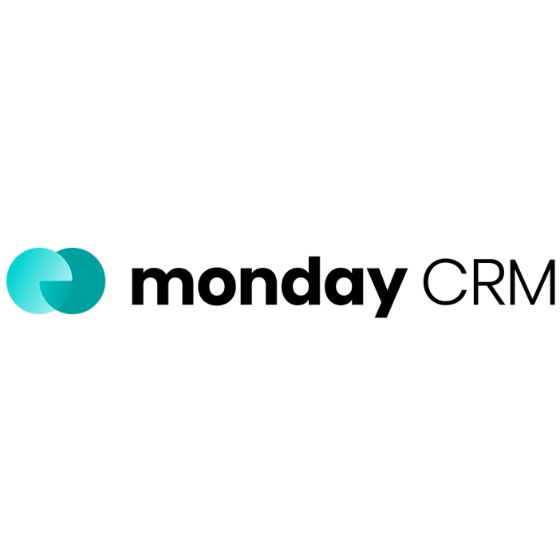The Right CRM Means Happy Users: Selecting a CRM with a user-friendly interface means your team will actually use it, avoiding wasted time and investment in underutilized software.
Demos: Your CRM Crystal Ball: A CRM demo allows businesses to explore features and functionality in real-time, helping to make informed decisions and avoid costly mistakes with ineffective tools.
Prep Like a Pro for Demos: Before a CRM demo, identify your business needs, gather feedback, create a feature list, and prepare questions to ensure the software meets your requirements.
Avoid Common Demo Pitfalls: Stay engaged during demos by avoiding generic presentations, including all stakeholders, ensuring data integration, and taking your time to understand the CRM’s capabilities.
Seal the Deal with Strategic Evaluation: Investing time in a thorough evaluation of CRM software during the demo phase is key to making a smart choice that boosts your business efficiency.
The best CRM is the one your team will use. That’s why user experience is one of the most critical factors to look for in a CRM tool. This is much easier said than done, but a CRM demo will give you a feel for the software before you make the final purchase—which could save you thousands in avoiding an underutilized CRM.
Why is a CRM Demo Important?
CRM software demos help you really get a feel for the tool, letting you explore features and see how a CRM works in real-time.
During a demo, you can see for yourself how user-friendly the interface is, how easy it is to navigate, and whether it fits smoothly into your existing workflows. It's also a great opportunity to check out how well the software integrates with your current tools and systems, which is crucial for keeping everything running smoothly.
In the end, demos help businesses like yours make smarter decisions, so you’re less likely to invest in a CRM that doesn’t quite hit the mark.
-

monday CRM
Visit WebsiteThis is an aggregated rating for this tool including ratings from Crozdesk users and ratings from other sites.4.6 -

Pipedrive CRM
Visit WebsiteThis is an aggregated rating for this tool including ratings from Crozdesk users and ratings from other sites.4.3 -

Salesforce CRM
Visit WebsiteThis is an aggregated rating for this tool including ratings from Crozdesk users and ratings from other sites.4.2
What Should I Look For in a Demo?

When you're checking out CRM software, it's important to zero in on the features that will really benefit your business. Here's a quick list to keep in mind:
- User-friendly interface: Makes it easy for your team to get around without a steep learning curve.
- Customization options: Lets you tweak the CRM to match unique workflows and processes.
- Integration capabilities: Helps boost productivity by connecting with tools and software you're already using.
- Reporting and analytics: Essential for tracking how things are going and making informed decisions based on data.
- Mobile accessibility: Keeps your team connected and able to access info when they're on the move.
- Customer support and training: Key for making sure you can implement and scale CRM software over time.
How Do I Prepare for a CRM Demo?
Don't waste your time or your vendors. Prep for your CRM software demo ahead of time. Hopefully, you've already done most of this work during your CRM RFP or planning stages, but at a minimum you should:
- Identify business needs: Start by pinpointing what your business needs and the specific issues you want the CRM to address.
- Gather input: Get feedback from different departments to make sure the software will work for all go-to-market teams.
- Create a feature list: Jot down a list of must-have features and functionalities that fit your business processes.
- Compile questions: Think of questions to ask during the demo, covering things like ease of use, customization options, how it integrates with your current systems, and the support services offered.
- Prepare use cases: Come up with real-life scenarios or examples that apply to your business. This will help you see how the CRM handles tasks that matter to you.
- Include key stakeholders: Make sure all the key decision-makers are there for the demo. Their input will be crucial when it’s time to decide.
What Should I Not Do During A Demo?
Glad you asked. Here are a few common mistakes to watch out for during a CRM demo:
- Generic demos: If the demo isn’t tailored to your specific business needs, it might not address the unique challenges your organization faces. This can leave your team disengaged and not fully understanding how the software can help.
- Missing stakeholders: Make sure you involve all the key stakeholders in the demo. Their input is vital for evaluating whether the software will work well across different departments.
- Data migration oversight: Don’t overlook how important it is to ensure smooth data migration and integration with your existing systems. If the CRM doesn’t integrate well, it could cause big problems later on.
- Rushing the process: Take your time with the demo. Thoroughly explore the software’s features, and ask plenty of questions to really understand its capabilities and any limitations it might have.
Need some CRM inspiration? See how these companies use CRM software to grow.
It’s (CRM) Demo Day
To wrap things up, remember that taking the time to properly evaluate a CRM during the demo stage is crucial. Don’t rush the process—get your key stakeholders involved, ask all the right questions, and make sure the CRM integrates smoothly with your existing tools. This strategic approach will help you pick the right CRM software and get your revenue engine running.
Not Sure Which CRMs to Demo?
We can help! Fill out this form to be matched with an advisor who can help you narrow down your CRM options.
Take Your RevOps to the Next Level
Join the waitlist for The RevOps Team newsletter and receive exclusive insights, tips, and best practices right to your inbox.






